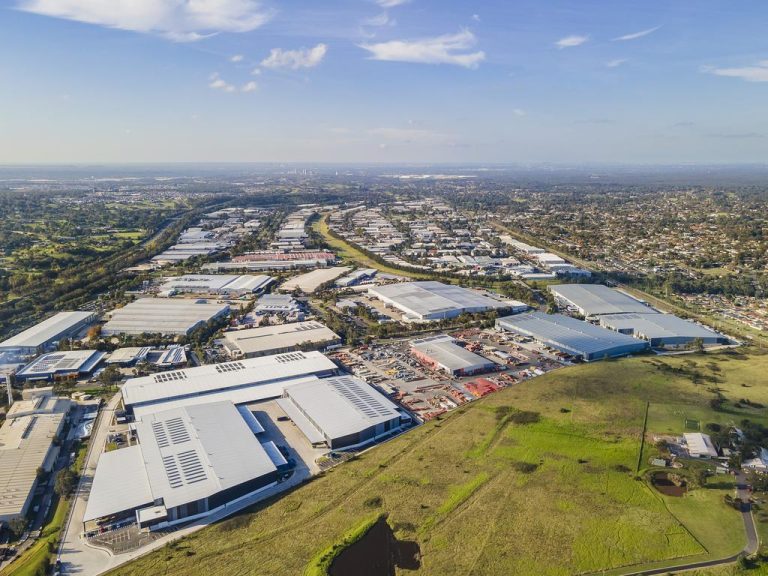Construction delays to cause data centre upset, says CBRE

Near term pain set plague the growing data centre market.
Data centre development will experience significant delays as construction times blow out and suitable land begins to dry up.
This arrives amid major demand for data centres which are the backbone of the nation’s artificial intelligence boom, providing the compute power needed to run new AI-powered products and tools.
That’s according to a new report by CBRE, which highlights issues facing the nation’s growing data centre market.
Adding some fuel to the fire was the fact that many corporate businesses had begun to shift away from in-house data centres and opt for those run by third parties, according to the firm’s latest sector report.
One example is insurer NIB who this week completed a full cloud migration, decommissioning several data centres including one that was run in-house at one of its Newcastle sites.
Brendan Mills, NIB’s group chief information officer, said the company would likely turn the old data centre into office space.
“That centre was in our Newcastle facility and it’ll likely be repurposed as office accommodation. It was one of our very first data centres we commissioned on the site many years ago,” he said.
NIB’s shift to the cloud took seven years and was made possible through Amazon Web Services (AWS).
NIB had paid out about $1.2bn in claims across 224,670 hospital visits, two million visits to other health providers over its past reporting period. The shift to an AWS cloud environment would allow the company to scale as necessary and help it deal with short-term spikes for claims, Mr Mills said.
Many developers of data centres would experience short-term pain over the year ahead, said Darcy Frawley, who oversees data centres for CBRE across the Pacific.
“Due to long lead times for data centre construction off the back of shortages of certain materials such as chips and transformers, construction times have blown out and this will constrain supply in the medium to long term,” he said.
The state of the current market and construction was also forcing data centre operators to consider how they develop new centres. One method, which had typically been unwanted or overlooked, was the idea of partnering with industrial landlords.
“Many industrial developers across the country are now considering power shell data centre developments to obtain exposure to the asset class,” Mr Frawley said.
“While data centre operators have historically been reluctant to partner with industrial landlords, some groups are now considering this form of ownership as land and power becomes harder to procure in key markets.”
Other issues affecting the supply of data centres were related to energy. The cost to run data centres, especially water-cooled facilities for AI computing was significant.
“Against this backdrop, locations such as Perth and Queensland, where renewable energy projects are more prominent, could potentially attract a new wave of data centre construction,” Mr Frawley said.
“However, Sydney and Melbourne remain the favoured locations for data centre operators despite ongoing challenges around power availability in the key customer zones.”







